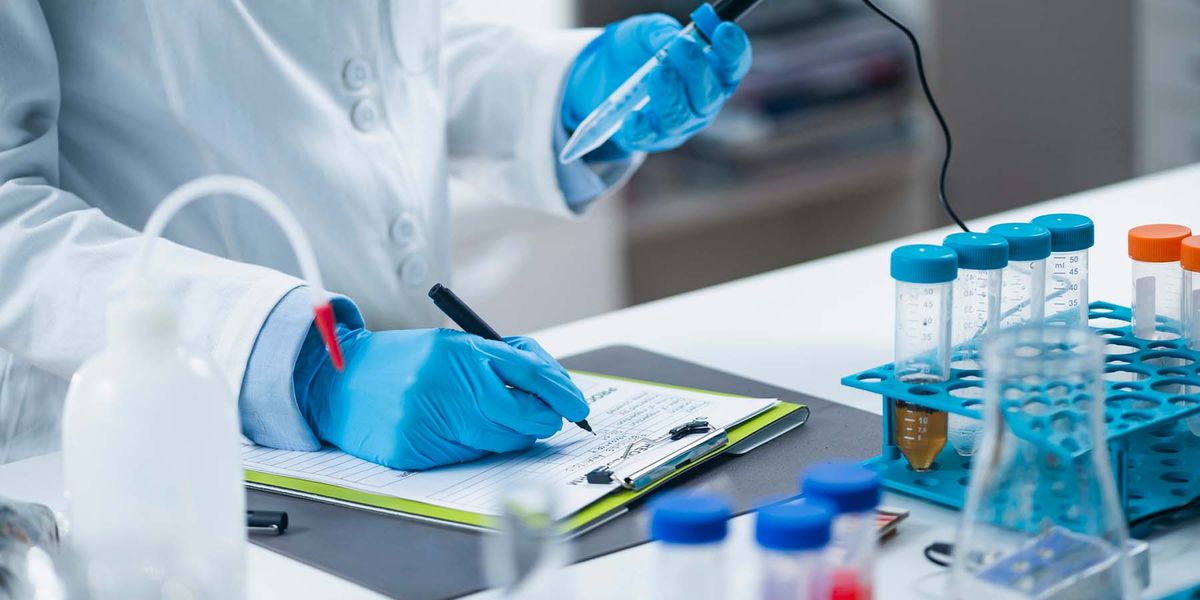

By the end of this course delegates will be able to:
It is necessary to balance cost of QC & QA against the benefit in reducing quality failures to an acceptable (non-zero) level, you will learn how develop laboratory documents and quality. Attendees will receive practical instructions on the development, implementation and long-term maintenance of an effective laboratory quality system.
Laboratory supervisors, chemists, and senior technicians working in QA/QC
Module One:
• Introduction
• History & Review
• Chemical Measurement
• Types of methods
• Selection of methods
• Chemical measurement evolution
• Compare duplicate samples results
• Reputability, Reducibility and mean of replicate
• Evaluation of analytical data measurement
• Prerequisites for analytical method validation
Module Two:
• Method Calibration, and Standardization
• Correction of errors and improving Blank
• Calibration Instruments and Measurement methods
• Certificate Reference Material (CRM), choice and preparation
• Degrees of Freedom
• Linearity and Residual analysis in regression
• Blank Correction
• Instruments Calibration and Traceability
• Calibration Procedures, Certificate, and Documentation
• Standard calibration curve
• Standard addition calibration curve
• Internal standard calibration curve
Module Three:
• Characteristic and steps of Method validation
• Selectivity
• Specificity
• Tolerance
• Linearity, Correlation Coefficient
• Accuracy & Precision
• Reliability (Repeatability, Reproducibility)
• Sensitivity, Detection Limit (LOD)
• Dynamic Range (LOQ, LOL, and LUR)
• Robustness
• The Evaluation of Results and Methods
• Type of errors in chemical measurements
• Systematic, Random, and Gross errors
• Errors in Qualitative and Quantitative Analysis
• Correction of errors and improving accuracy
• Correction of errors and improving accuracy
Module Four:
• Measurement Uncertainty in chemical measurements
• Difference between Error and Uncertainty
• Sources of uncertainty in measurement
• Recommendations of ISO 17025 for uncertainty
• Procedures for estimating measurement uncertainty
• “Bottom-up” method GUM
• “Top-down” methods
• Monte Carlo method – an alternative to GUM
• Normal Distribution (Gussian Distribution curve)
• Statistical Process Control (SPC) & Control Chart
Module Five:
• Practical exercises for Inter-Laboratory Performance test
• F-test
• T-test (Student’s t Distribution test)
• Q-test
• Z-score
• Practical exercises for Uncertainty& Control Chart
• Manual Calculation for Uncertainty
• Used Excel Function for Uncertainty
• Drawing Control Chart by Excel
• Proficiency Test Calculation
• Quality Assurance and Audit Program
• Significant Figure & Rounding
• Reporting Analytical results and Archives
• Laboratory Certification
CDGA attendance certificate will be issued to all attendees completing a minimum of 75% of the total course duration
| Code | Date | Venue | Fees | Register |
|---|---|---|---|---|
| LAB168-01 | 02-02-2026 | Rome | USD 6950 | |
| LAB168-02 | 03-05-2026 | Doha | USD 5450 | |
| LAB168-03 | 13-09-2026 | Cairo | USD 5450 | |
| LAB168-04 | 22-11-2026 | Dubai | USD 5450 |
Providing services with a high quality that are satisfying the requirements
Appling the specifications and legalizations to ensure the quality of service.
Best utilization of resources for continually improving the business activities.
CDGA keen to selects highly technical instructors based on professional field experience
Since CDGA was established, it considered a training partner for world class oil & gas institution
3012, Block 3, 30 Euro Business Park, Little Island, Co. Cork, T45 V220, Ireland
Mon to Fri 09:00 AM to 06:00 PM
Contact Us anytime!
Request Info